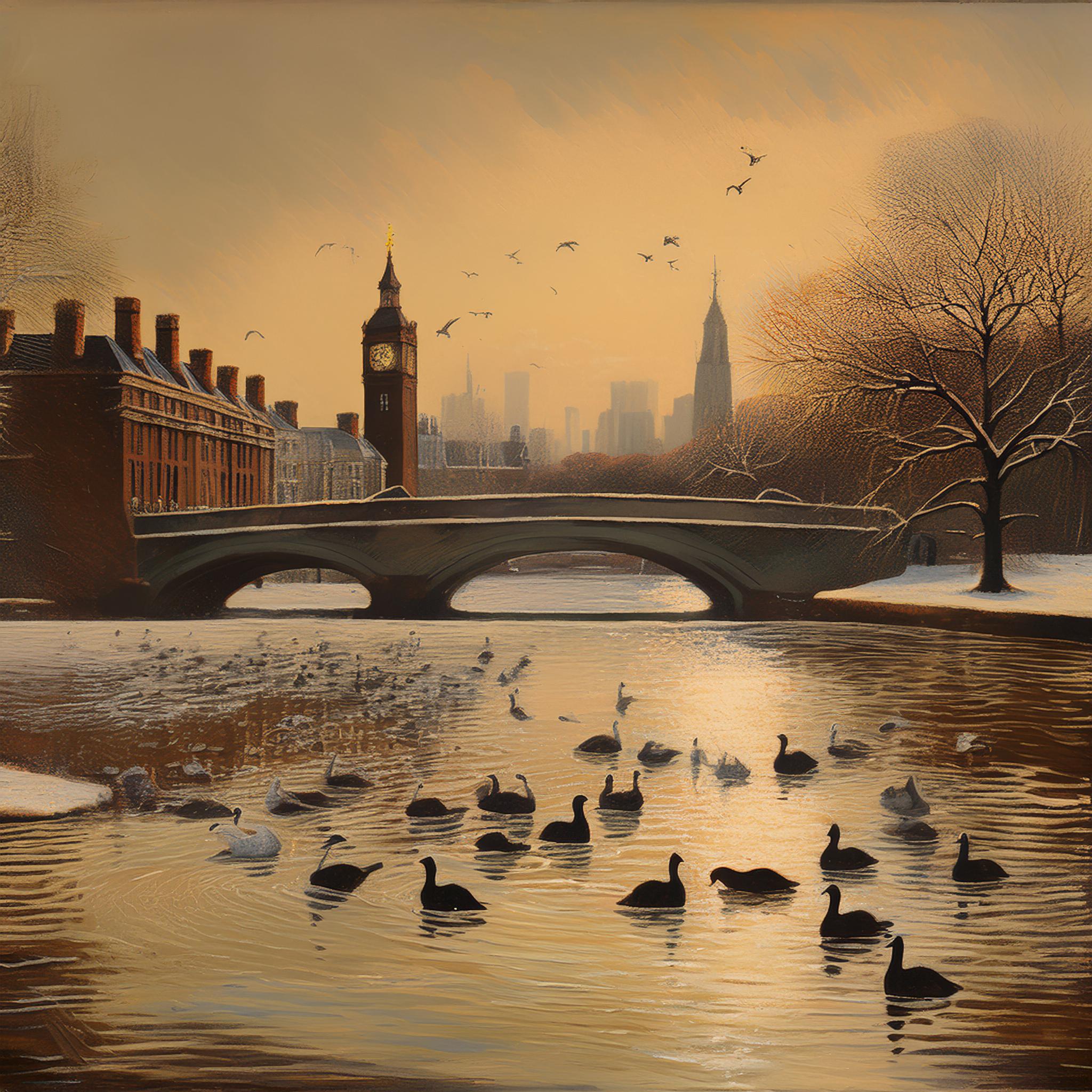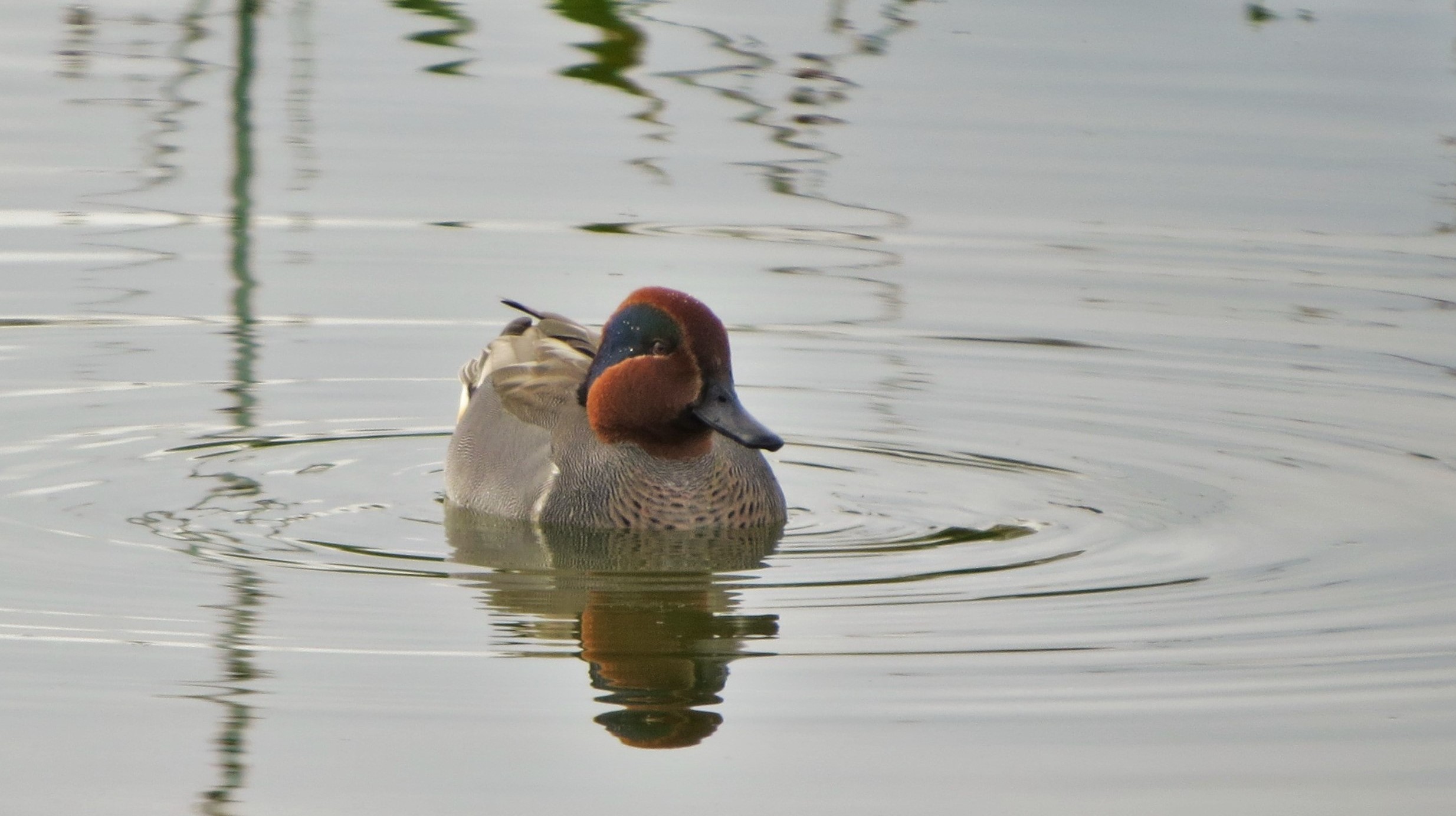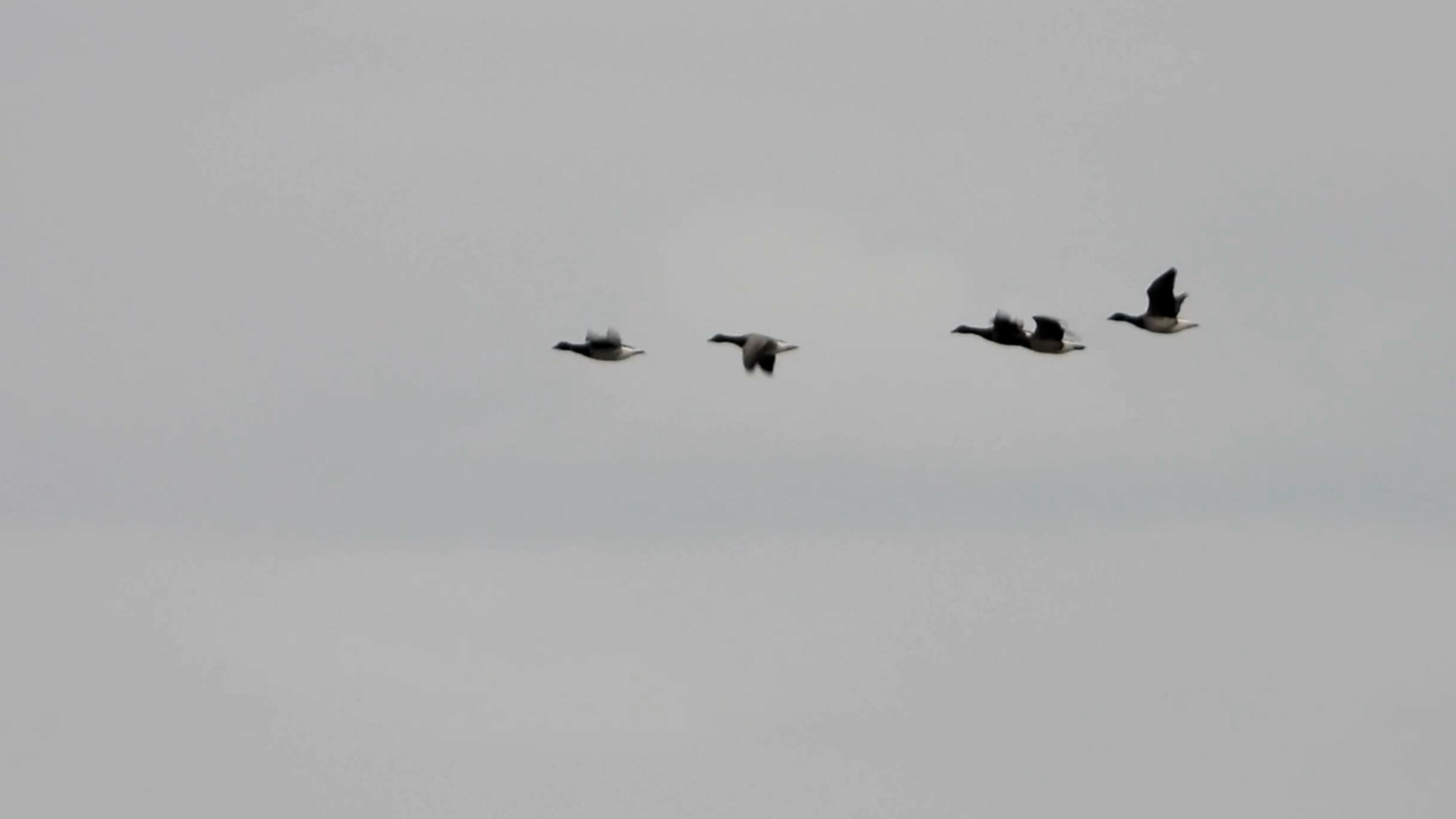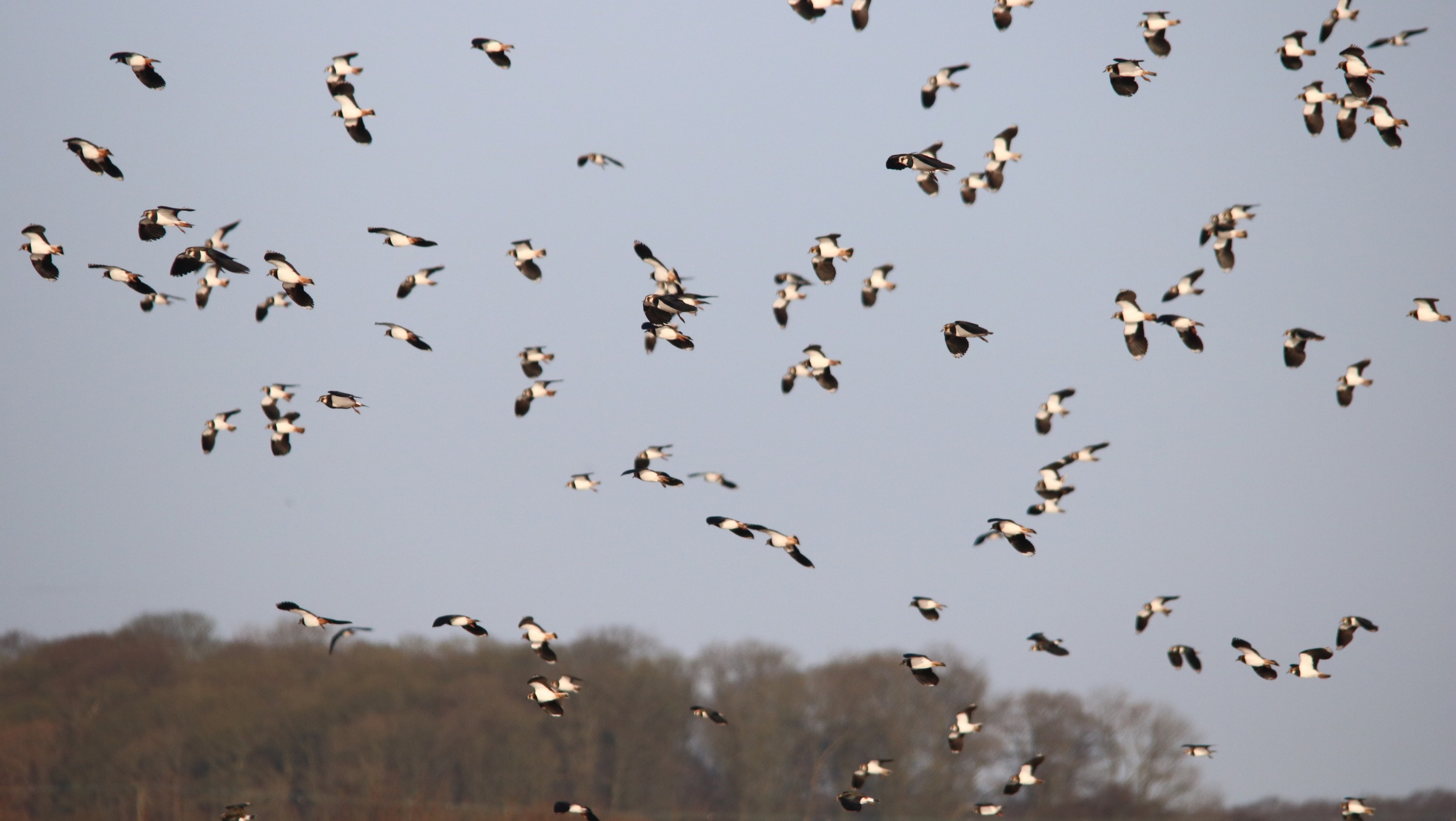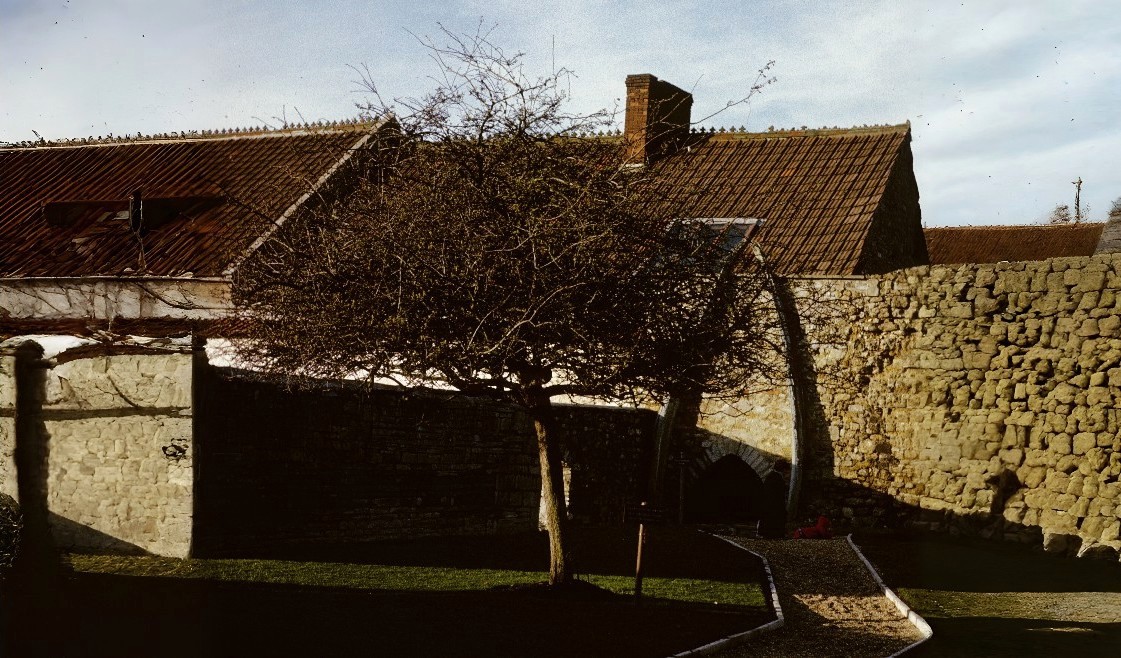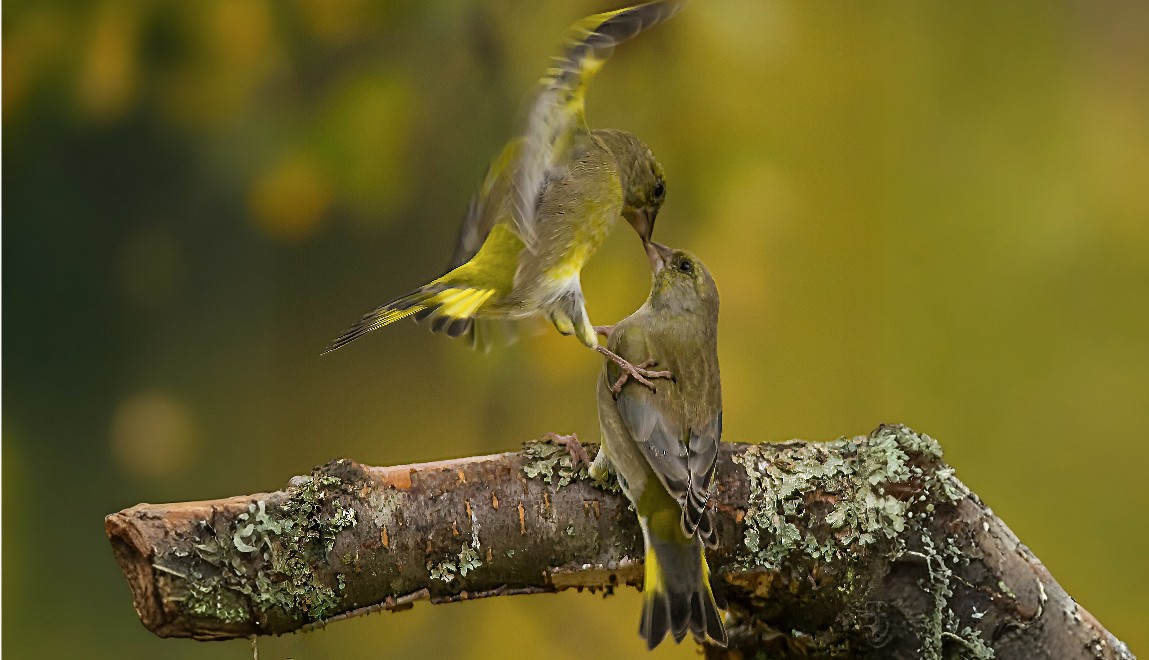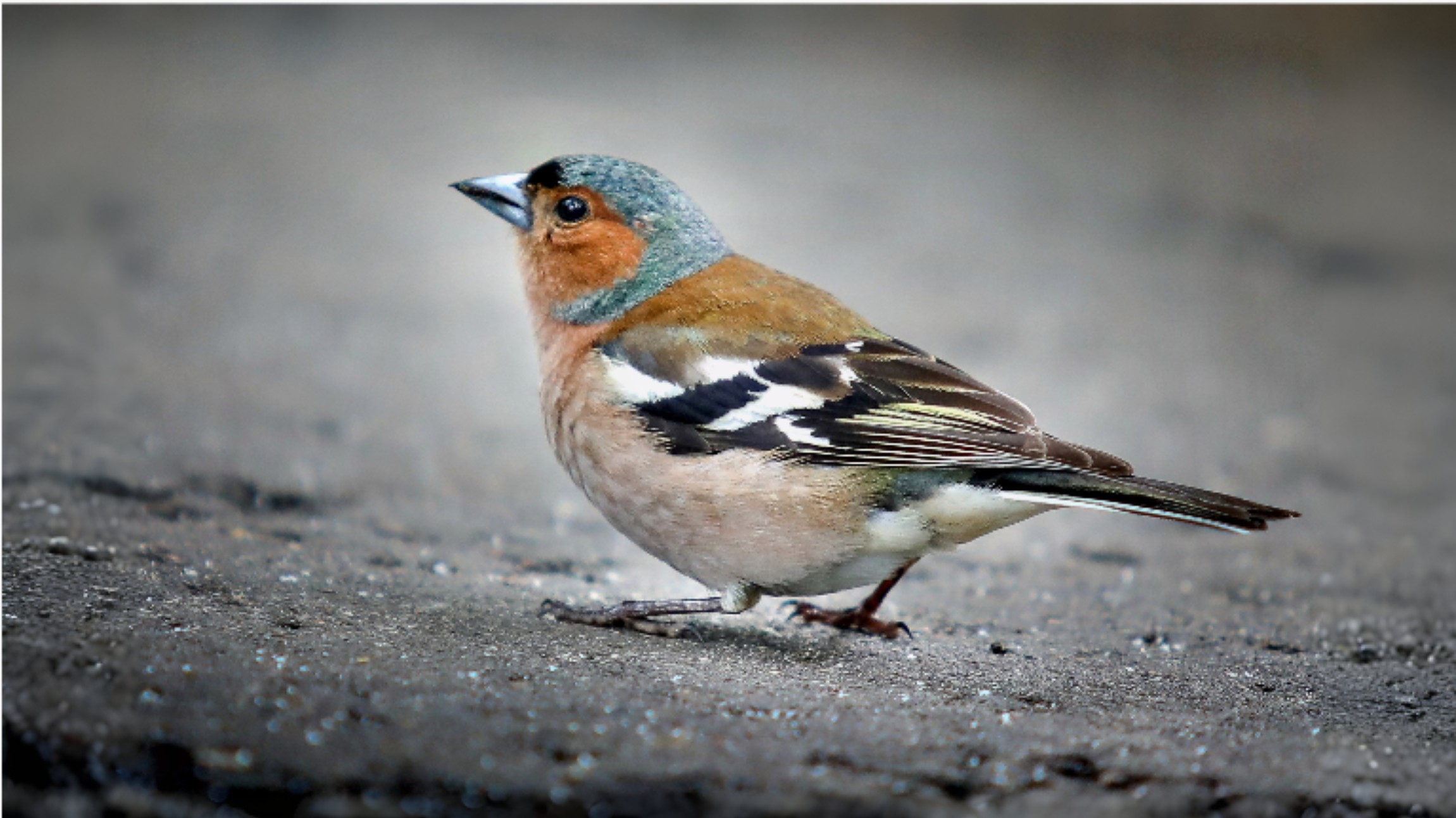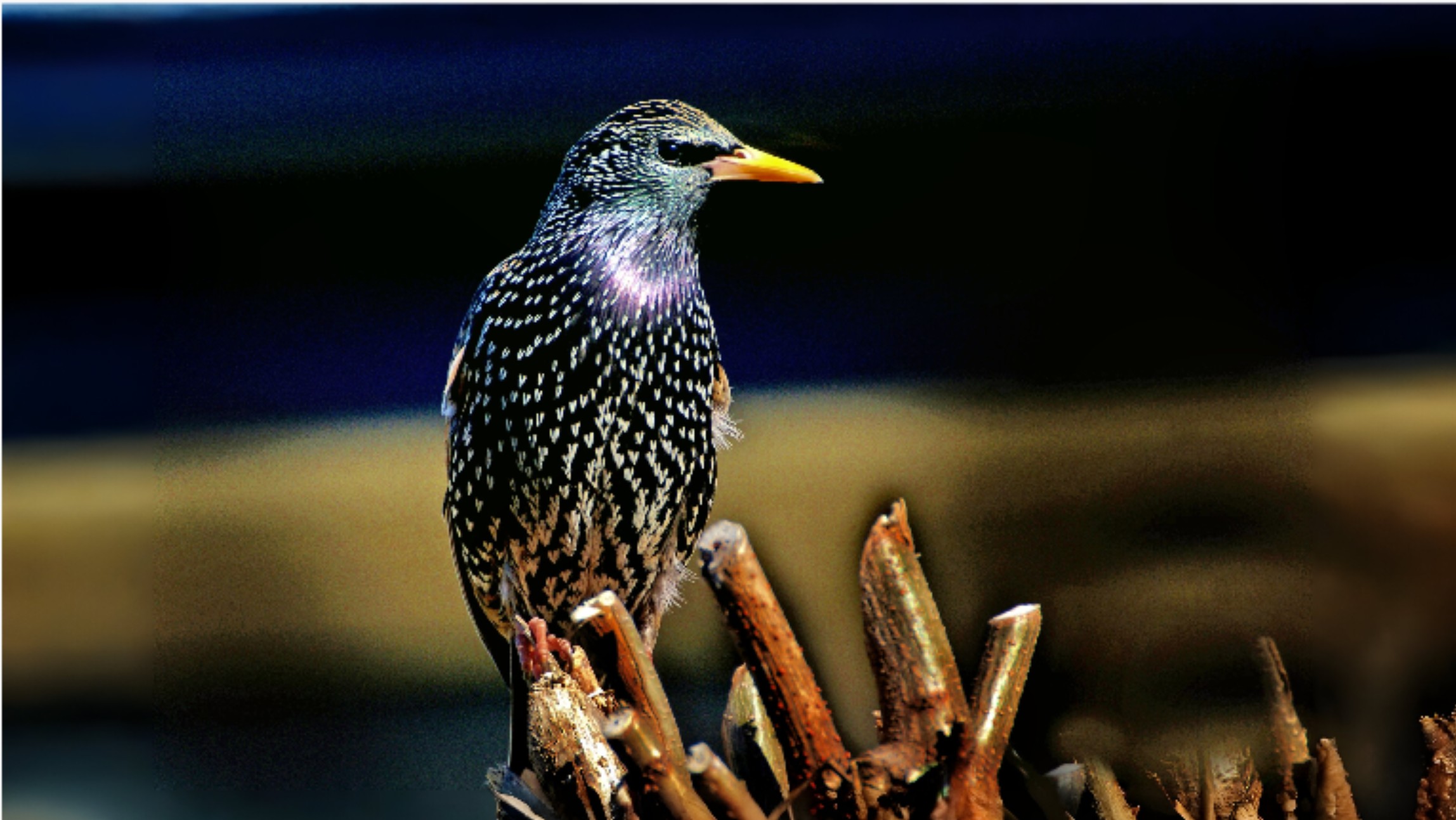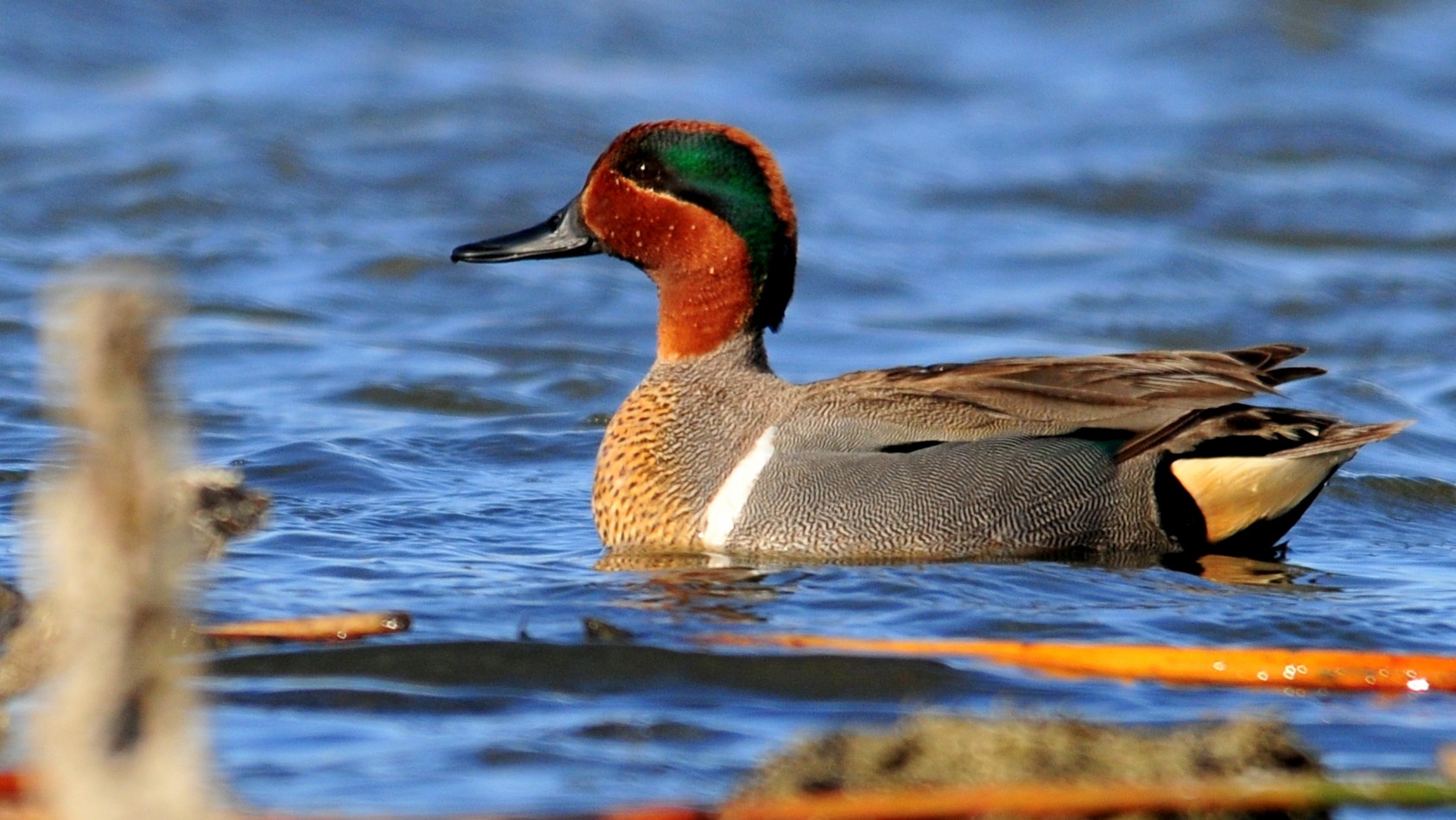Lapwings also have more contrast to their pied feathers. The white is whiter and the black and greens are more iridescent. Jays seem pinker and green woodpeckers a more vivid green as well as possessing a brighter scarlet flash.
Chaffinches are said to have all the colours of the rainbow except violet. Their breast is red and orange, wingtips yellow, rump green, nape blue and part of the tail indigo.
